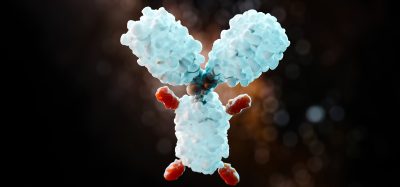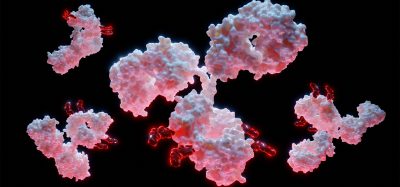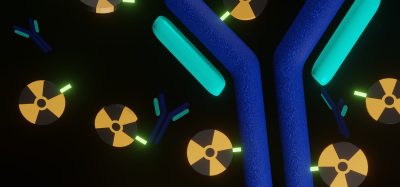Expert view: High-throughput analytics for smarter cell-line development
Posted: 1 June 2020 | ForteBio | No comments yet
Combine titer and glycan screening during clone selection and cell culture optimisation to make more informed choices sooner, significantly reducing the development time for therapeutic antibodies.
Glycosylation is a critical antibody quality attribute linked directly to the efficacy and safety of commercial biologics. While there are various methodologies available for glycan analysis, there is also an increasing need for the development of high-throughput approaches applicable to early stage cell-line development. Octet instruments offer cell-line development scientists a platform for the rapid titer of antibody clones and sialic acid content screening. Combining the sialic acid content data with titer provides in-depth knowledge that can facilitate more informed decisions.
The GlyS kit for the Octet platform enables relative screening of sialic acid content in crude or purified samples, with no need for sample purification or glycan digestion steps. A total of 1,000 clones can be screened in just under 10 hours on the Octet HTX system. Ready-to-use biosensors such as Protein A or G can be used for direct titer measurements in as little as 30 seconds.
The automation-ready Octet RED384 or HTX systems can run more projects annually than more traditional platforms like HPLC or ELISA. With scalable throughput, high data reproducibility and GxP-supporting features, the Octet systems can function as a single platform to screen critical quality attributes from early-stage lead selection phases and optimisation to the final product, providing additional consistency and reassurance throughout the drug development workflow.
Related topics
Analytical Techniques, Antibodies, Biologics, Cell Cultures
Related organisations
ForteBio







